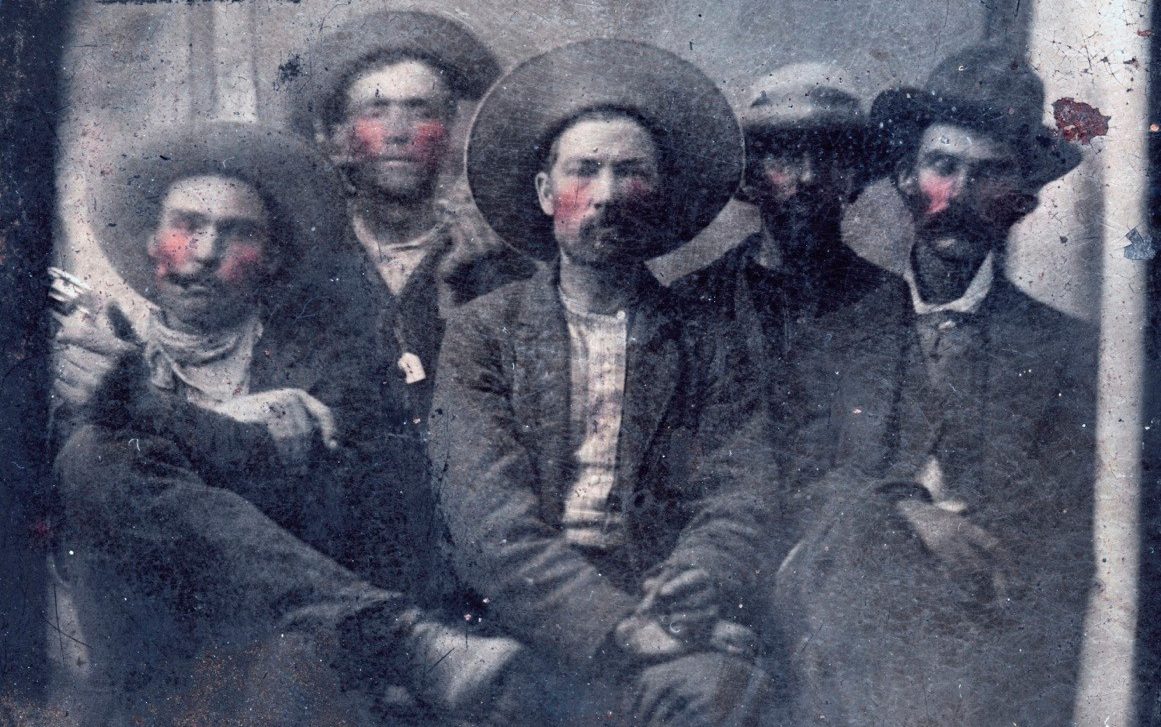
The Lincoln County War, a conflict that carved its tumultuous story into the heart of New Mexico history, remains one of the most infamous chapters of the American Wild West. This violent and chaotic period was not just a local conflict; it reflected the broader struggles of power, justice, and survival in the newly settled American territories. Let’s explore this significant historical event, which left an indelible mark on the town of Lincoln and the state of New Mexico!
Origins of the Conflict
The Lincoln County War, which raged from 1878 to 1881, originated from a rivalry between two factions vying for economic dominance in Lincoln County, which at the time was one of the largest counties in the United States. On one side was the established house of Murphy & Dolan, which had previously held a monopoly on the region’s goods and livestock. On the other side were John Tunstall and Alexander McSween, who attempted to break this monopoly by opening a competing store and cattle enterprise.
The Spark and Escalation
The conflict escalated dramatically when John Tunstall was murdered by the Sheriff’s posse, who were seen as aligned with the Murphy-Dolan faction. Tunstall’s death galvanized his ranch hands and several local small ranchers and businessmen, including the infamous William H. Bonney, better known as Billy the Kid. These men, often referred to as “Regulators,” sought to avenge Tunstall’s death and challenge the corruption represented by the Murphy-Dolan faction.
Key Events and Battles
Several key events punctuated the Lincoln County War, turning it into a notorious legend. The Battle of Lincoln, a five-day firefight in July 1878, was one of the most significant confrontations. During this encounter, the main street of Lincoln turned into a warzone, with both factions barricaded in buildings along the street. The U.S. Army eventually intervened to quell the fighting, signaling the beginning of the end of open hostilities.
Aftermath and Historical Impact
The Lincoln County War officially ended with the death of Alexander McSween and the scattering of the Regulators. Billy the Kid continued a life of outlawry, his legend growing even after his death in 1881 by Sheriff Pat Garrett. The repercussions of the war were far-reaching, leading to reforms in local law enforcement and government in New Mexico. The corruption and violence of the war highlighted the need for established legal structures and helped pave the way for the eventual statehood of New Mexico in 1912.
Legacy and Cultural Significance
Today, the Lincoln County War is a symbol of the lawless and violent period of American westward expansion. It is immortalized in numerous books, movies, and folklore, reflecting the enduring allure of the Wild West. The town of Lincoln, preserved as a National Historic Landmark, serves as a living museum, where visitors can walk the streets where gunmen once stood, offering a vivid window into this turbulent historical period.
The Lincoln County War not only shaped the political and social landscape of New Mexico but also left a lasting legacy on American culture, symbolizing the clash between lawlessness and justice in the pursuit of progress and power.



